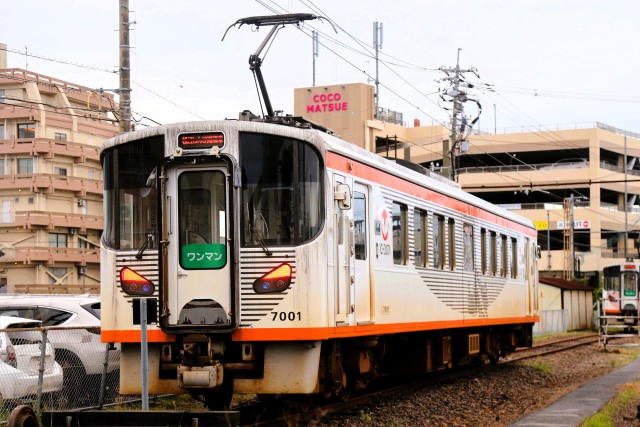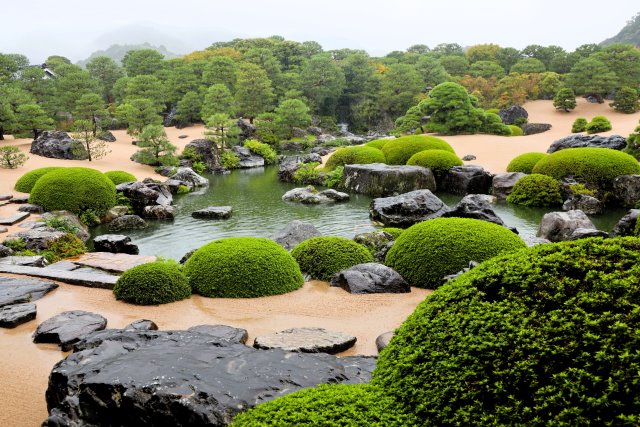Time flies when I am having fun. The day before going back home, I enjoyed a night view of Lake Shinji-ko in Matsue City. It was unfortunately rainy, but I could see beautiful illuminations on the opposite shore (see the photo below). In this lake, we can get many aquatic products that are known as “Delicacies of Lake Shinji-ko”. They are shrimp, eel, whitebait, smelt, shijimi and so on. They are all delicious, but shijimi is specifically my favorite. It is a type of freshwater black clam that is a common ingredient in Japanese household cooking widely available in grocery stores.
The day has come to go back home. I got on a limited express train, “Yakumo (overlapping clouds)”, at Matsue station. A new model, EMU JR West 273 series, is commissioned as Yakumo (see the top photo). The 273 series debuted on April 6th this year to replace the old model, EMU 381 series. A total of 11 sets, 44 units, were built by Kinki Sharyo. The most outstanding feature of this model is its curve passage performance. By tilting the train's body using pendular technology, the 273 series can keep a high speed on tight curves of the trans-mountain section penetrating the Chugoku Mountains. It has a very nice ride. It feels good even when the train is passing through the tight curves. The light-brown-colored bodies are also unique and vivid. Enjoying the mountain sceneries, I arrived at Okayama terminal, which is the transfer station to Sanyo Shinkansen.



















